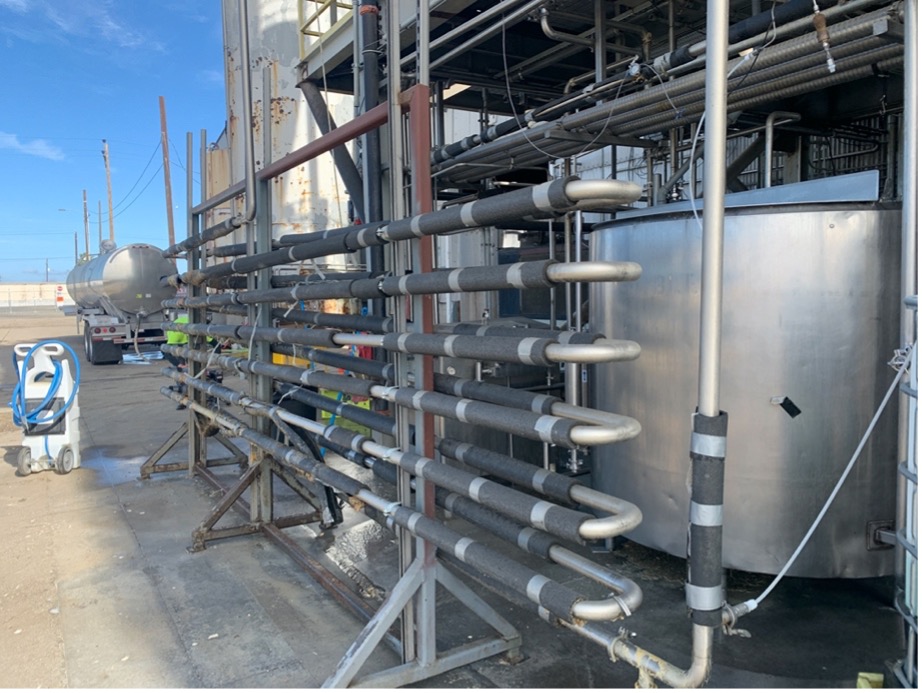Part 2 of 2: Photographs, Inspection Efficiency & Accredition
Last week, we introduced 5 steps to saving money on an equipment appraisal and investigated the first 2. This week, we’ll finish up the 2-part series by focusing on the final 3 steps of the 5:
- Creating a thorough asset inventory spreadsheet
- Providing complete equipment information
- Taking useful equipment photographs
- Planning for maximum inspection efficiency
- Working with an experienced, qualified appraiser
While Step 3, Photographs, may be optional, Steps 4 & 5 are critical for every single equipment appraisal — whatever the reason for the appraisal!
Provide Equipment Photographs
As mentioned in a previous post, providing good photographs can also decrease the cost of your bankruptcy equipment appraisal. If you don’t provide photographs, your equipment appraiser will take his own. If you decide to take your own photographs, create a column in the inventory spreadsheet for photo numbers. It’s important that the appraiser know which piece of equipment he’s looking at when he reviews your photographs. When taking the photos, be sure that they are of high enough quality that model numbers can be read where appropriate. Remember that these are informational photos, not submissions to a photography contest! Clarity counts more than composition, although a clean machine does show detail better. These photographs, like the inventory spreadsheets, should be digital for ease of transfer. Send your photos and your inventory before the inspection.
Maximize Inspection Efficiency
Equipment inspections involve both timing and location. Since machinery and equipment are often portable, it’s worth considering where all your equipment will be when the equipment appraiser shows up with his clipboard and camera! It may seem obvious that you’ll want to have all your equipment in one place, as much as possible, but some folks don’t think of that.
I once did an equipment appraisal for a large farming operation in the San Joaquin Valley. The inspection took twice as long as we had estimated because much of the agricultural equipment was already out in the fields, forcing us to drive from field to field. When this is unavoidable, as in a recent inspection I did in Salinas, where the farmer owned multiple properties, be sure to let your appraiser know so the drive time can be included in his proposal. In another instance, a construction company scheduled our on-site inspection for a time when many of the trucks, bulldozers, graders and excavators were out on construction sites throughout the Sacramento area, not realizing I would actually need to see and verify all the equipment on the asset inventory list. To complete the inspection, I made another trip, early in the morning before the machinery was sent out to work sites.
Believe me, while I’m willing to make as many trips as you need for an appraisal, I’m also happy to come out early in the morning or late in the evening — even on weekends — rather than make unnecessary multiple trips to complete an inspection of your equipment! Remember that a good equipment appraiser is always happy to work with you to make sure your inspection is as effective and efficient as possible. In a situation like this, time really is money; it’s important to arrange the inspection visit to be efficient. Talk with your equipment appraiser if you have questions about the particulars of your situation.
Get It Right the First Time
We’ve said it before and we’ll say it again — Work with a qualified, experienced equipment appraiser. Don’t try to save money by getting an appraisal from an equipment dealer or an auctioneer. And don’t make the mistake of attempting to put together an appraisal report on your own. Working with a qualified, certified, accredited equipment appraiser ensures that your appraisal report will be accurate and will hold up in court should that be necessary. As you know, a “do-over” can only add frustration and cost to bankruptcy proceedings. You’ll save time and money by doing it right the first time.
Jack Young, ASA, CPA
NorCal Valuation




